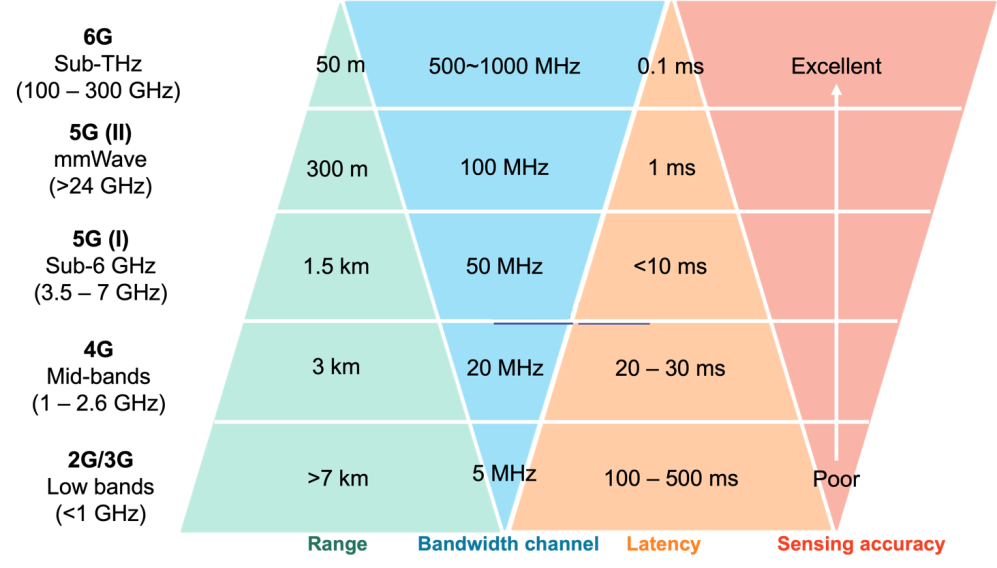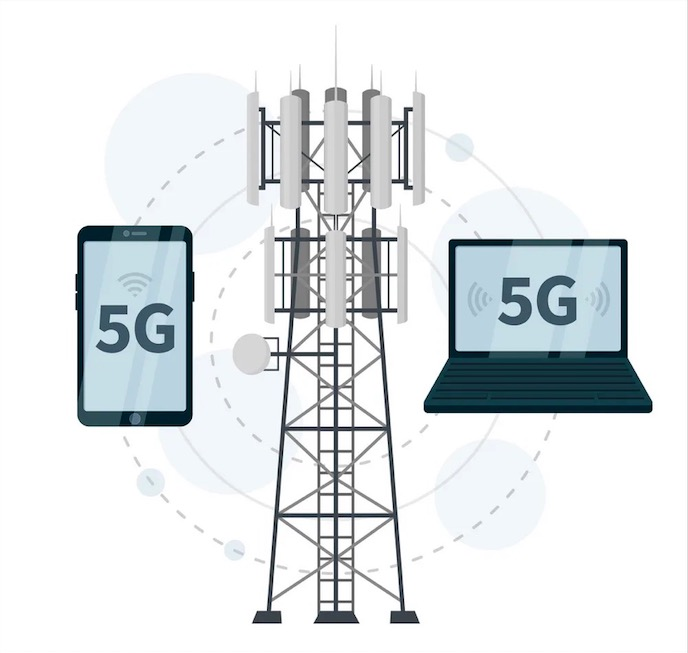The Next Stage in Thermal Materials for 5G
5G is already a common feature of modern smartphones, with the small logo making its way into the top corner of our screens. You could be forgiven for thinking that 5G is here and now old technology, but 5G encompasses several frequency bands and these have not yet been equally deployed. Whilst much of the "5G" infrastructure is a moderate upgrade on existing 4G technology, there is still plenty of scope for higher frequency deployment such as mmWave devices and very different station types such as small cells. Each of these new developments presents its own technological evolution and with it, thermal challenges. For some recent researches into Thermal Management for 5G has found innovations occurring within the semiconductor technology (CMOS, SiGe, GaN, etc.), thermal interface materials, and die attach technology.

mmWave 5G: Densification of electronics leads to thermal challenges
5G can be categorized into several frequency bands with several of these being repurposed existing lower frequencies and some of the new bands reaching up to 6 GHz. This is where most of the deployment has occurred so far. But when people talk about the huge potential download rates and minimal latency times, they are usually referring to mmWave (>20 GHz) 5G. Here, there is still space for significant technological innovation and new deployment use-cases.

5G deployment consists of two new bands and existing low frequency bands.
Given antenna spacing is equal to half the wavelength of the signal, the higher frequency means the antenna itself can be much more compact, with thousands of elements combined into a package a fraction of the size of previous antenna technology. However, this leads to a densification of the IC (integrated circuits) distribution, typically with the ICs directly on the back of the antenna board. The close packing of ICs leads to greater heat dissipation and hence thermal management challenges. Some researches have found that whilst most thermal interface materials (TIMs) used today are below 4 W/m·K thermal conductivity, the demands of future 5G devices could push this value well into the 5-10 W/m·K range or higher.
Our models from HY880 5.15W/mk to extreme models like HY-P13 13.4W/mk and HY-P15 15.2W/mk are your right choices when you are going to find thermal interface materials for something like 5G station.
 中文
中文



.png) Search
Search


 >
>  Return to List
Return to List